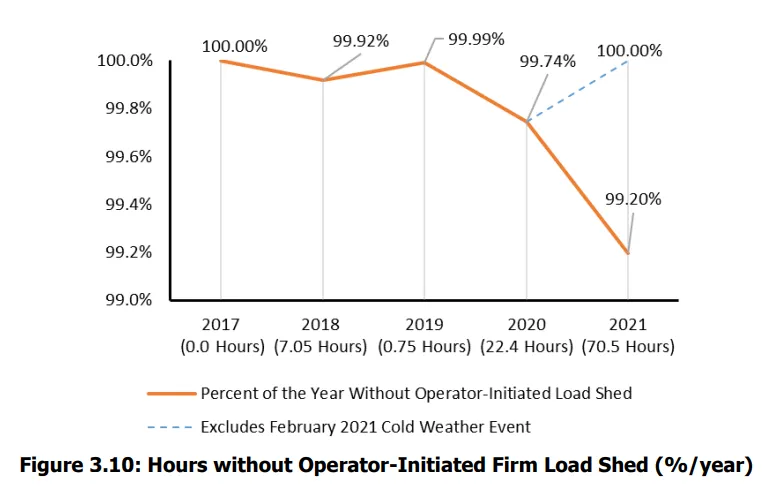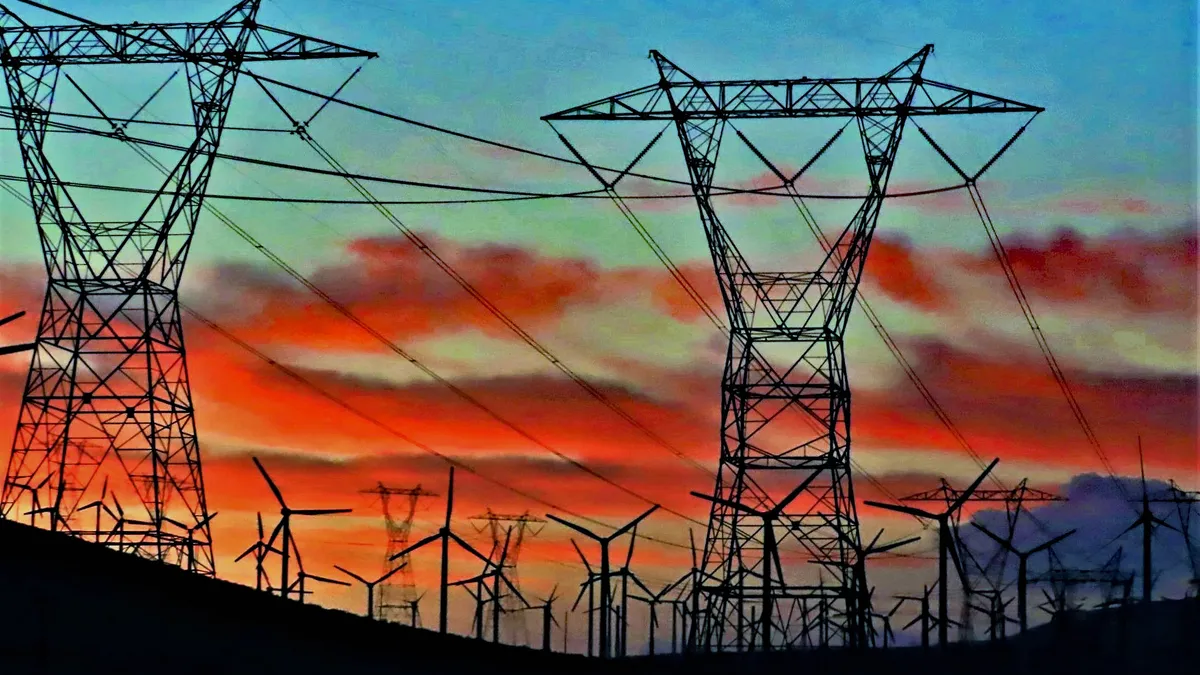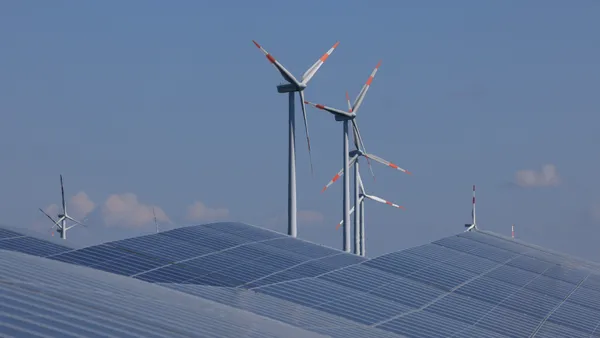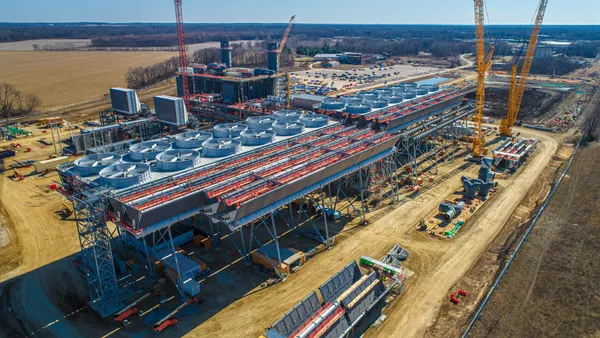Dive Brief:
- Key metrics tracking blackout duration and amounts of unserved energy demand spiked dramatically in 2021, the North American Electric Reliability Corp. said Wednesday in its 2022 State of Reliability report.
- The duration of operator-initiated load shedding events spiked and unserved energy demand reached its highest levels ever, NERC officials said. The changes were driven by the deadly outages in Texas last year caused by Winter Storm Uri.
- NERC is recommending registered entities “conduct studies to model plausible and extreme natural gas disruptions,” and Director of Reliability Assessment and Performance Analysis John Moura said more investment in gas infrastructure is needed.
Dive Insight:
NERC expects 500 GW of solar and 400 GW of wind to come online over the next decade, and officials say some work is needed to accommodate the shift away from fossil fuels.
“If we're going to reliably integrate these resources over the next 10 years, we've really got to start now,” said Moura. That will mean additional investment in natural gas infrastructure, he said.
“Gas is a bridge fuel to where I think policies ultimately want to take us,” Moura said. “Batteries aren't going to do it, and we're going to need a backup fuel for wind and solar. So this is important to invest in.”
A failure of gas generation was one reason for outages in Texas last year — along with failures of renewables and coal, and high electricity demand. As a result of that event, the amount of unserved energy due to operator-initiated load shedding “was the highest amount since the [Electric Reliability Organization] Enterprise began reporting this metric and almost one-hundred times higher than the prior year,” the report said.

NERC is “quickly implementing” the recommendations of a report on the Texas blackouts that it completed with the Federal Energy Regulatory Commission in November, the 2022 State of Reliability report notes. Those recommendations called for greater coordination between the gas and electric sectors, but that isn’t going to be sufficient, said Moura.
“Every ounce of efficiency has been squeezed out of that. And coordination really doesn't let more gas flow,” he said.
Officials also stressed the need to address the unexpected tripping of solar resources during grid disturbances, and highlighted the increasingly-sophisticated cyber threat.
Reports of cyber incidents including vulnerabilities, phishing, malware, denial of service and others “increased significantly” last year, NERC’s report found. The industry also experienced a “moderate increase in the overall number of physical security incidents,” though the most serious types of physical incidents declined, according to the report.
“We're doing a good job at our hygiene and setting certain standards for good cyber performance,” Moura said. The cybersecurity landscape “relentlessly evolves, and presents continuing challenges to the electric industry.”














